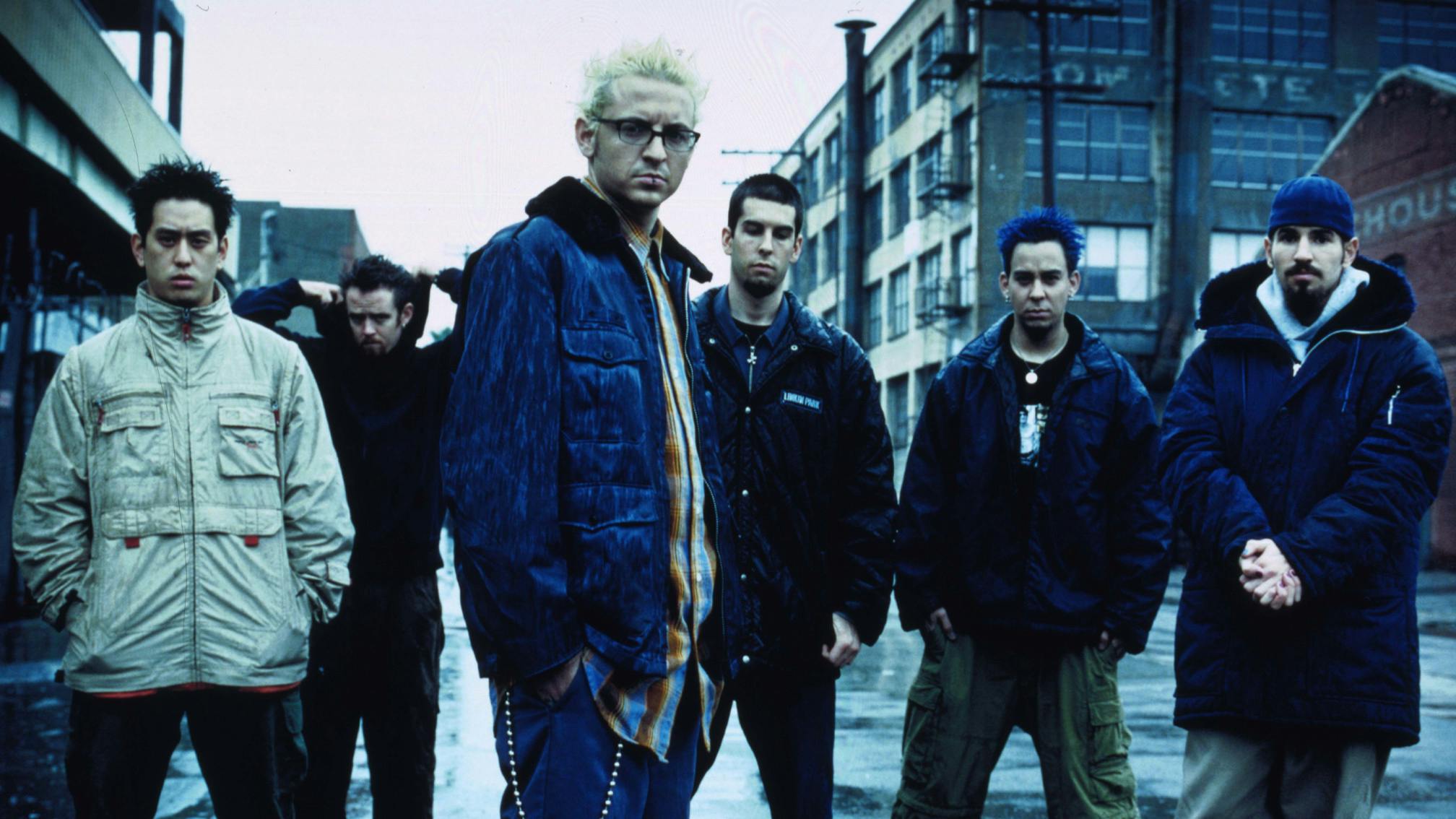Mike: “When we were working on it, my intention or direction from other people – probably Don and Brad – was that, ‘Crawling is really great and we don’t have anything else like that; maybe it would be good to have another song in that vein. Melodic, no rapping, power chords, but still a lot of energy.’ Brad and I had this love and appreciation for Depeche Mode, so I wanted to start the song with some of those keyboard-hook kind of elements, which we translated to guitar harmonics. The only hip-hop element in there is when Chester threw in the line, ‘Why I played myself this way’, and when he wrote that, I knew he was trying to use vernacular that was a tiny bit hip-hop in the words, but the truth was that he would never say those words in real life. I was a bit uncomfortable with that line, like, ‘That’s not you talking, but I know what you’re doing.’ It’s smart that he’s trying to glue the hip-hop component of the band into the lyrics, I just felt like it was a little disingenuous. But it’s a very minor criticism of a song that otherwise I think is great, and everybody’s participation in the band was really strong.”
Brad: “The magic of Linkin Park, and the magic of Hybrid Theory certainly, has always been the people. I think that unique brotherhood has always been essential to pouring our love into our art and the music that we’ve made, and continue to make.”
Joe: “Ultimately we want to connect with people. Through the music we connect ourselves, and the pieces of music connect with each other to become an experience that other people can connect with. And relationships grow from there. For us, it’s the relationship with the fan, even though we’re not like, ‘Let’s go for a coffee and hang out,’ the music speaks for what we do and fans take that in whatever way – whether it’s coming to a show or giving back in some way. We feel it and it encourages us to keep making music.”
Mike: “That whole [Hybrid Theory] ride was insane. It’s shocking and a miracle that we managed to keep our heads on straight and still be good friends and decent human beings at the end of it all.”
Linkin Park's Hybrid Theory boxset is out October 9 and available to pre-order now.
Click the button below to download your print-at-home Kerrang! cover, smartphone wallpapers and more.
